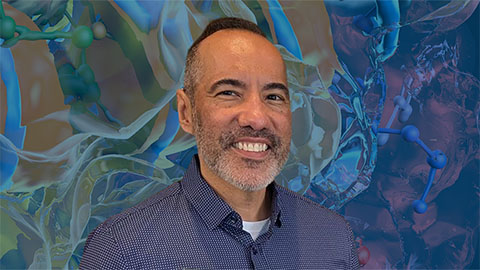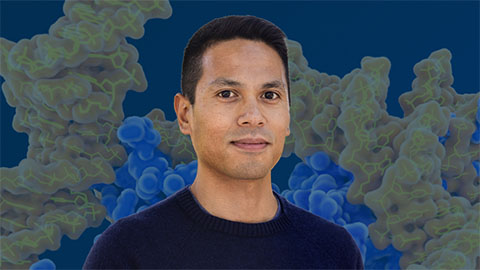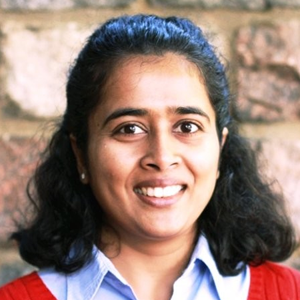In memoriam: Robert B. Sanders
Robert Burnett Sanders, who made seminal contributions to reproductive biochemistry and authored the book “Contributions of African American Scientists to the Fields of Science, Medicine, and Inventions” died June 17, 2022, in Sanford, North Carolina. He was 83.

Born December 9, 1938, in Augusta, Georgia, to Robert and Lois Jones Sanders, he attended Augusta's segregated public schools and graduated from Lucy Laney High School in 1955. He graduated from Paine College as valedictorian with a major in chemistry and then earned a Ph.D. from the University of Michigan in 1964. After completing his postdoctoral work at the University of Wisconsin, he joined the biochemistry faculty at the University of Kansas in Lawrence in 1966. At KU, he served as both associate dean of graduate studies and associate vice chancellor.
Sanders’ research focused on the biochemistry of hormone action, the biochemistry of reproduction, and uterine biochemistry. His lab studied the properties of uterine adenylate cyclase in rats. His team established the biochemical events associated with the decidual cell reaction in the uterus of rodents and its association with increased concentration of cyclic adenosine 3′,5′-monophosphate, known as cAMP. The Sanders lab showed that adenylate cyclase, the enzyme that catalyzes the formation of cAMP, might play a central role in decidualization, a process leading to significant changes to endometrial cells in preparation for, and during, pregnancy. He also worked on parathyroid hormone action, epinephrine action, cardiac adenylate cyclase action, the biology of uterine metabolism and amino acid transport in vivo and in vitro.
At KU, Sanders served as chair of the Minority Graduate Student Recruitment Advisory Committee and was an active member of The Boul, an organization for professional Black men whose mission is to collectively bring about change that cannot be accomplished by individuals.
Sanders is survived by his wife 61 years, Gladys; two children, Sylvia, and husband David Schneider, and William, and wife Margaret Esselborn; and a granddaughter, Ivy.
Enjoy reading ASBMB Today?
Become a member to receive the print edition four times a year and the digital edition monthly.
Learn moreGet the latest from ASBMB Today
Enter your email address, and we’ll send you a weekly email with recent articles, interviews and more.
Latest in People
People highlights or most popular articles

2026 voter guide
Learn about the candidates running for Treasurer-elect, Councilor and Nominating Committee.

Meet the editor-in-chief of ASBMB’s new journal, IBMB
Benjamin Garcia will head ASBMB’s new journal, Insights in Biochemistry and Molecular Biology, which will launch in early 2026.

Exploring the link between lipids and longevity
Meng Wang will present her work on metabolism and aging at the ASBMB Annual Meeting, March 7-10, just outside of Washington, D.C.

Defining a ‘crucial gatekeeper’ of lipid metabolism
George Carman receives the Herbert Tabor Research Award at the ASBMB Annual Meeting, March 7–10, just outside of Washington, D.C.

Nuñez receives Vallee Scholar Award
He will receive $400,000 to support his research.

Mydy named Purdue assistant professor
Her lab will focus on protein structure and function, enzyme mechanisms and plant natural product biosynthesis, working to characterize and engineer plant natural products for therapeutic and agricultural applications.

